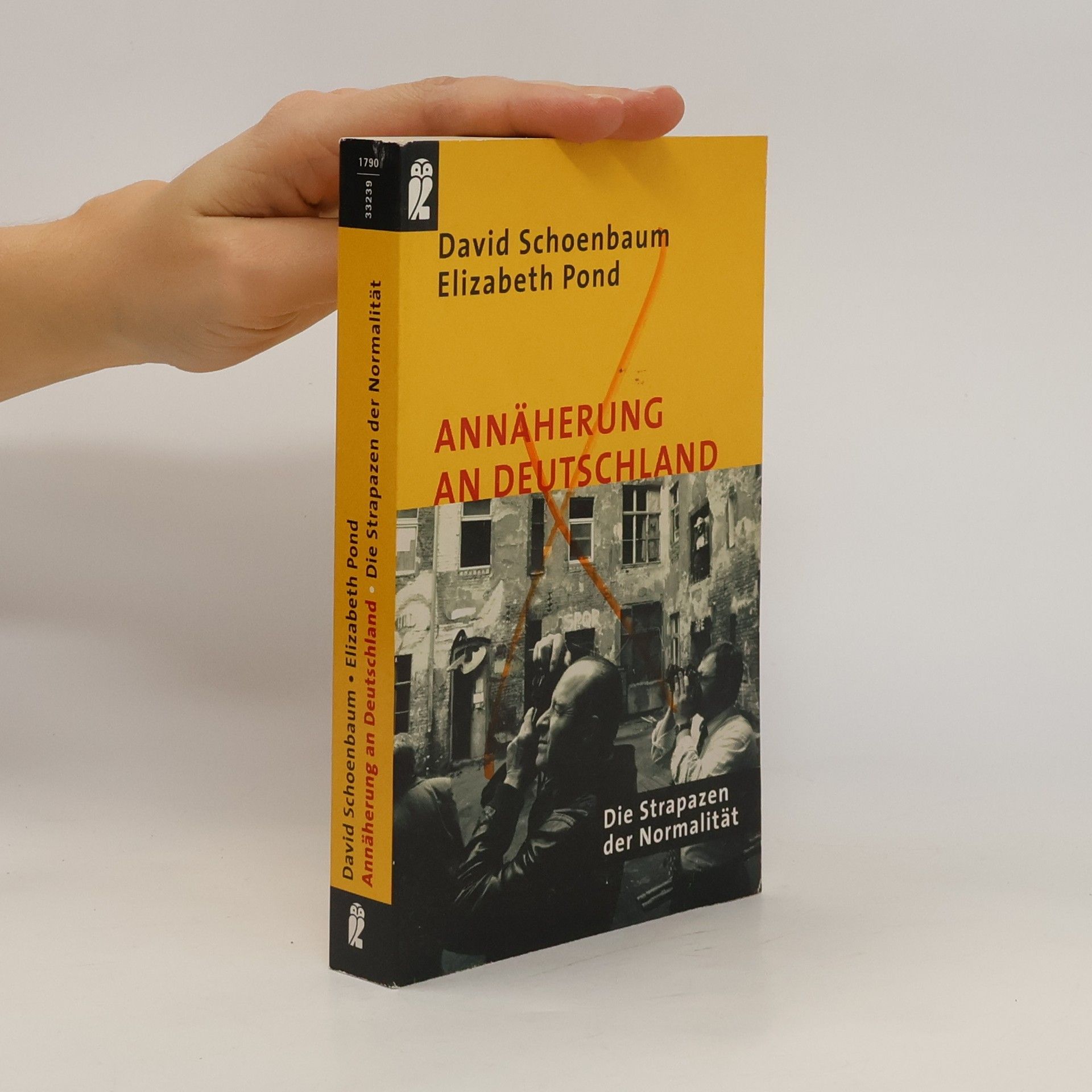The Lives of Isaac Stern
- 240pages
- 9 heures de lecture
A centennial inventory of the career and legacy of one of the twentieth century's greatest musicians, the first made-in-America violin virtuoso.
David Schoenbaum était un historien professionnel et violoniste amateur de longue date qui a écrit pour le New York Times, le Washington Post, The Economist et de nombreuses autres publications. Ses livres précédents comprennent La Révolution Sociale d'Hitler et Les États-Unis et l'État d'Israël. Son œuvre se penche sur l'analyse approfondie des forces sociales et politiques qui façonnent l'histoire.






A centennial inventory of the career and legacy of one of the twentieth century's greatest musicians, the first made-in-America violin virtuoso.
Eine Kulturgeschichte des vielseitigsten Instruments der Welt. Aus dem Amerikanischen von Angelika Legde. Sonderausgabe
Das von der internationalen Presse hoch gelobte Buch des bekannten Historikers David Schoenbaum erzählt die Lebensgeschichte der Violine: wie sie, gebaut, verkauft, gespielt und wie sie in der Kunst dargestellt wurde. Entstanden ist dabei eine höchst originelle Gesamtdarstellung. Die Violine ist vielleicht das flexibelste Instrument, das je erfunden wurde. Für Weltmusik, Tanzmusik und Indie-Rock ebenso geeignet wie für Bach und Beethoven, wird es seit jeher im Stehen oder Sitzen gespielt, allein oder in Gruppen, in Bars, Kirchen, Konzertsälen und Rumpelkammern, von Profis und Amateuren, Erwachsenen und Kindern, Männern und Frauen und auf jedem Kontinent. David Schoenbaum hat unzählige Details über Hersteller, Händler und Spieler der Violine zusammengetragen und in einer umfassenden Geschichte der Violine gebündelt. Von den ersten Anfängen, als Geigenbauer ihr Handwerk von Kistenmachern lernten, über Stradivari und das Goldene Zeitalter von Cremona, die die Geige zu einem begehrten Sammlerstück machten, bis hin zu unvergleichlichen Künstlern wie Paganini, Joachim, Heifetz und Oistrach informiert Schoenbaum sachkundig und mitreißend über Kunst und Kultur des vielseitigsten Instruments der Welt.
Eine Sozialgeschichte des Dritten Reiches